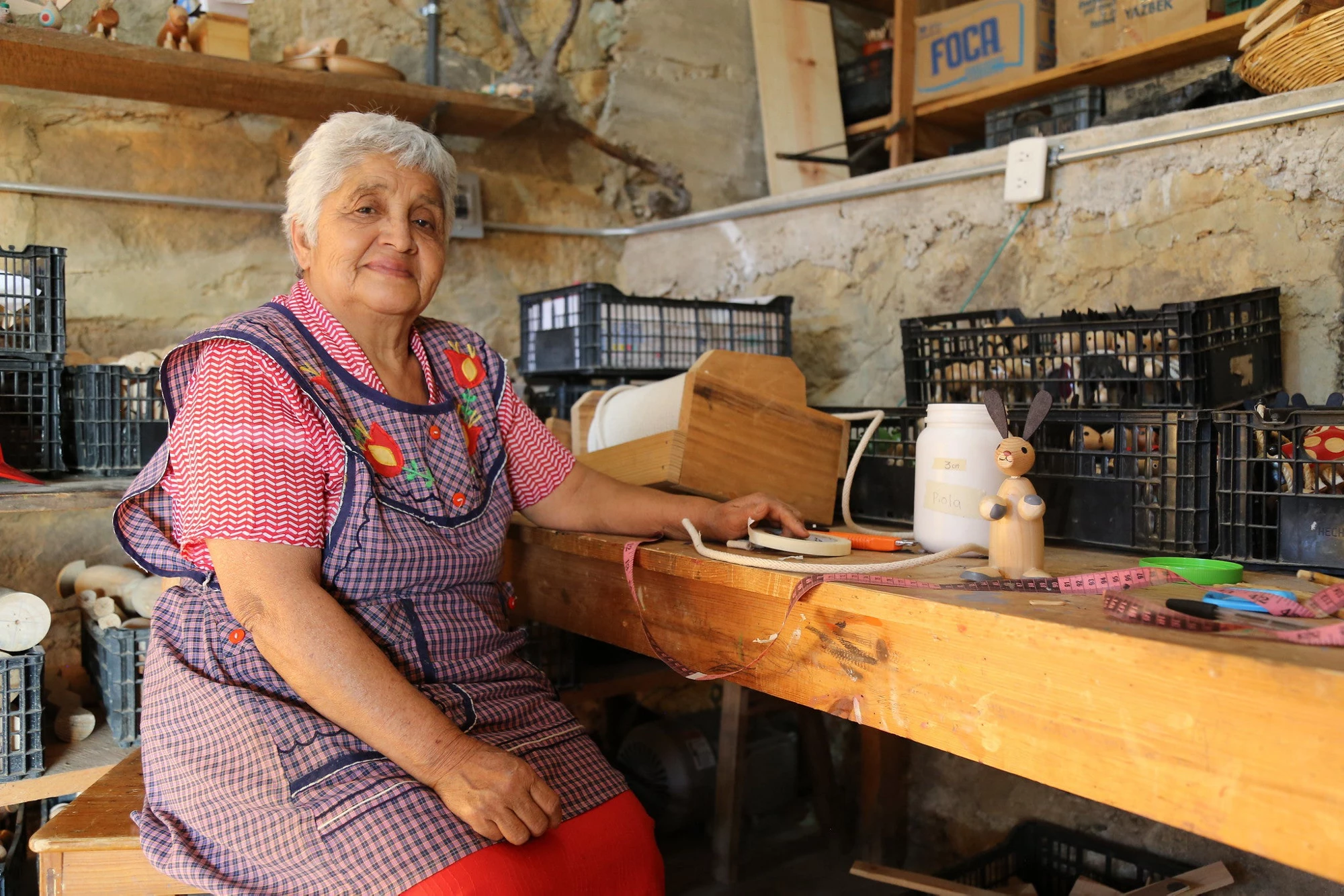 When we are 64 years old in Latin America
When we are 64 years old in Latin America
For some years now, I have been studying the interaction between demographics and economics. I immersed myself in this world with certain skepticism, and without realizing, I became captivated by the fact that demographic change could be a great opportunity for long-term economic growth in Latin American and Caribbean countries.
I will never get tired of reminding people that if in the next 20 years, we don't seize the opportunity that demographics give us, we will end up paying a much higher price. It will not be the same to act tomorrow than to act today.
The magnitude and speed of these changes differ from country to country: Brazil, Chile, Costa Rica, El Salvador, Colombia, Uruguay and most Caribbean States, are at an advanced stage of the demographic transition, with fertility rates equivalent to replacement rates, while other countries are at a somewhat earlier stage of transition.
Population ageing poses two challenges for public policy. On one hand, an aging population demands greater tax resources for social services, linked with health systems, long-term care, and, of course, pensions . A decrease of the ‘working-age’ population may impact the rate of economic growth in the long run, but only as long as it involves a reduction in the size of the workforce itself.
According to a recent World Bank study "When we are 64. Opportunities and Challenges for Public Policies in a Population-Aging Context in Latin America", the change in the structure of the population could imply that, on average, social spending would increase from 12.8% of GDP in 2015 to 19% in 2045, with high heterogeneity (from an expected public social spending equivalent to 38% of GDP in Brazil to just 4.4% in Guatemala).
In most countries, social spending would tend to increase mainly due to the higher relative weight of older adults and the resulting increase in pension spending. Fiscal pressure caused by changes in the age structure of the population could make it impossible for governments to provide adequate services . In addition to this challenge, the size of the workforce would decrease, which would result in one of the fundamental resources needed to sustain economic growth to becoming scarcer.
The virtues of the demographic dividend
It's not all doom and gloom. Before reaching an advanced state of ageing, countries of the region have a great opportunity: the demographic dividend . This dividend refers to a period in which the percentage of people of working age in the population– and with the ability to save and pay taxes– reaches its highest levels. This represents a great opportunity today, as it promotes economic growth in the short term.
On the other hand, higher growth today, with a working-age population and ability to save at its peak, would allow for an increase in the national savings rate that could finance greater capital endowment per worker , and thus allow an increase in the productivity of the economy in the long run, a necessary condition to maintain economic growth even with a smaller workforce.
Today, countries in the region are not fully taking advantage of the demographic dividend; the average savings rate for the region is only 15% of GDP . This reduces the chances of capital accumulation and of increased productivity.
Although the region does not have the required levels of savings, productivity could be increased through investment in human capital: investment aimed at improving the skills and abilities of the workforce constitutes an important source of growth.
- Generating incentives that extend the effective retirement age from the labor market and an increase in female labor participation, not only to reduce financial pressure on the pension system, but also to increase the size of the productive workforce and the demographic dividend.
- Promoting healthy habits that improve quality of life and reduce morbidity, to relieve pressure on the health system -even more in a pandemic context-, and improve the health of workers, an essential component of human capital.
- Strengthen the financial system and macroeconomic stability to provide greater savings alternatives for both domestic residents and external savers. Directing savings towards investment would increase the stock of physical capital needed to increase productivity.
- Reform educational and continuing training systems, understanding that the formative cycle of a person does not end with formal studies, but rather is a process that accompanies them through their lifetime. It is crucial to begin defining educational strategies for the continuous development of skills required by a changing labor market and conditioned by the increasingly accelerated production technologies based on task automation.
If you are as passionate about this topic as I am, I invite you to share your opinion in the comments section below.


Join the Conversation